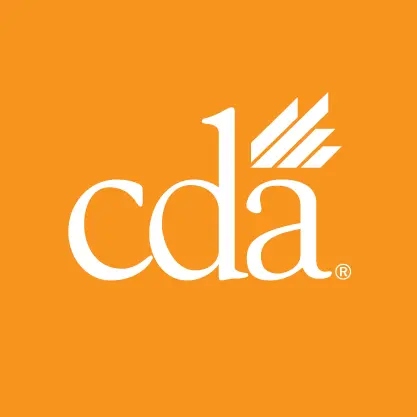After much public debate and controversy, Gov. Gavin Newsom in September signed Assembly Bill 5 into law. Beginning Jan. 1, 2020, it will be more difficult for most employers in California to classify workers as independent contractors, rather than employees, and in some cases will make employees out of independent contractors. And although CDA secured an exemption for dentists, employee classification still isn’t clear-cut, and dentists will need to err on the side of caution when classifying their workers.
AB 5 codifies and expands the “ABC test” set forth by the California Supreme Court decision in the Dynamex Operations v. Superior Court case setting a new standard for determining whether workers in California should be classified as employees or independent contractors.
The bill also enacts new Labor Code section 2750.3, which expands the considerations under the ABC test to determine who is an employee under the California wage orders and also applies those same considerations under all provisions of California’s Labor and Unemployment Insurance Codes. Any reference to “employee,” “employ,” “employer” and “employment” used in those codes will be subject to the ABC test. Meaning, employers and state labor officials will rely on the ABC test for determining if individuals are properly classified as independent contractors. This contrasts with the previous practice of using different tests developed by various state entities to determine eligibility for unemployment insurance, workers’ compensation, etc.
Under the ABC test, a person providing labor or services is considered an employee unless a company can meet all three of the specific tests:
- (A) The person works without control or direction of the hiring entity in connection with performance of the work, both under contract for the performance of the work and in fact;
- (B) The person performs work outside the scope of the hiring entity’s usual business; and
- (C) The person is customarily engaged in an independently established trade, occupation or business of the same nature as the work performed for the hiring entity.
Practically speaking, factor (B) will likely be the most difficult for an employer to establish. Without establishing all three of the factors, an individual would be considered an employee and not an independent contractor.
What does this mean for dental practices?
In the weeks and hours before the passage of AB 5, dozens of groups lobbied for exemptions from the ABC test. Under the provisions of the bill, all employers in California would be subject to the requirements of the ABC test unless an exemption was included in the bill language.
Notably, CDA was able to secure an exemption for dentists. Other professions and industries also were granted exemptions from the final version of the statute. These exempted positions are not subject to the ABC test, but instead will be subject to the original Borello test. The common law test for identifying an employee relationship has long been resolved by examining who has the right to control the manner and means of accomplishing the work at issue.
Although the Borello test offers more flexibility for employers when considering whether to classify a dentist as an independent contractor, the definition of independent contractor is not black and white. The Labor Commissioner’s Office starts with the presumption that any worker is an employee. Furthermore, even with greater flexibility with the considerations under Borello, the more integrated the individual’s work is with the business’ bottom line and the longer the length of time the relationship lasts, the harder it is to defend that it is not an employment relationship.
For practice owners who have associates working in their practices, the exemption from AB 5 is cautiously good news, but it is not a free ticket to classify or reclassify an associate dentist as an independent contractor. With the recent spotlight on the classification relationship, it’s likely that many agencies will be scrutinizing employment relationships.
The employer holds the greatest liability. Misclassification of an employee creates a potential liability for employment taxes and penalties and liability for failure to fulfill the many legal obligations owed to an employee, such as unpaid paid sick leave and overtime or meal- and rest-break violations.
Classifying hygienists and temporary employees
Employers should review relationships with current and future non-dentist office staff relationships under the new three-prong ABC test. Dental practice owners commonly classify hygienists or temporary employees as “1099” workers, but dentists should err on the side of caution and always classify the individuals as employees. More information about hiring and paying temporary employees can be found in the article “Compliance Essentials: Hiring and paying temporary employees.”
Next steps
Before AB 5 takes effect Jan. 1, employers in California should understand the requirements of the new law and take steps to evaluate their contracts and relationships if they wish to avoid possible misclassification liability. For employers who are still uncertain about how to classify an employee, CDA Practice Support recommends speaking with legal counsel.
Find resources on hiring in the CDA Practice Support resource library.

